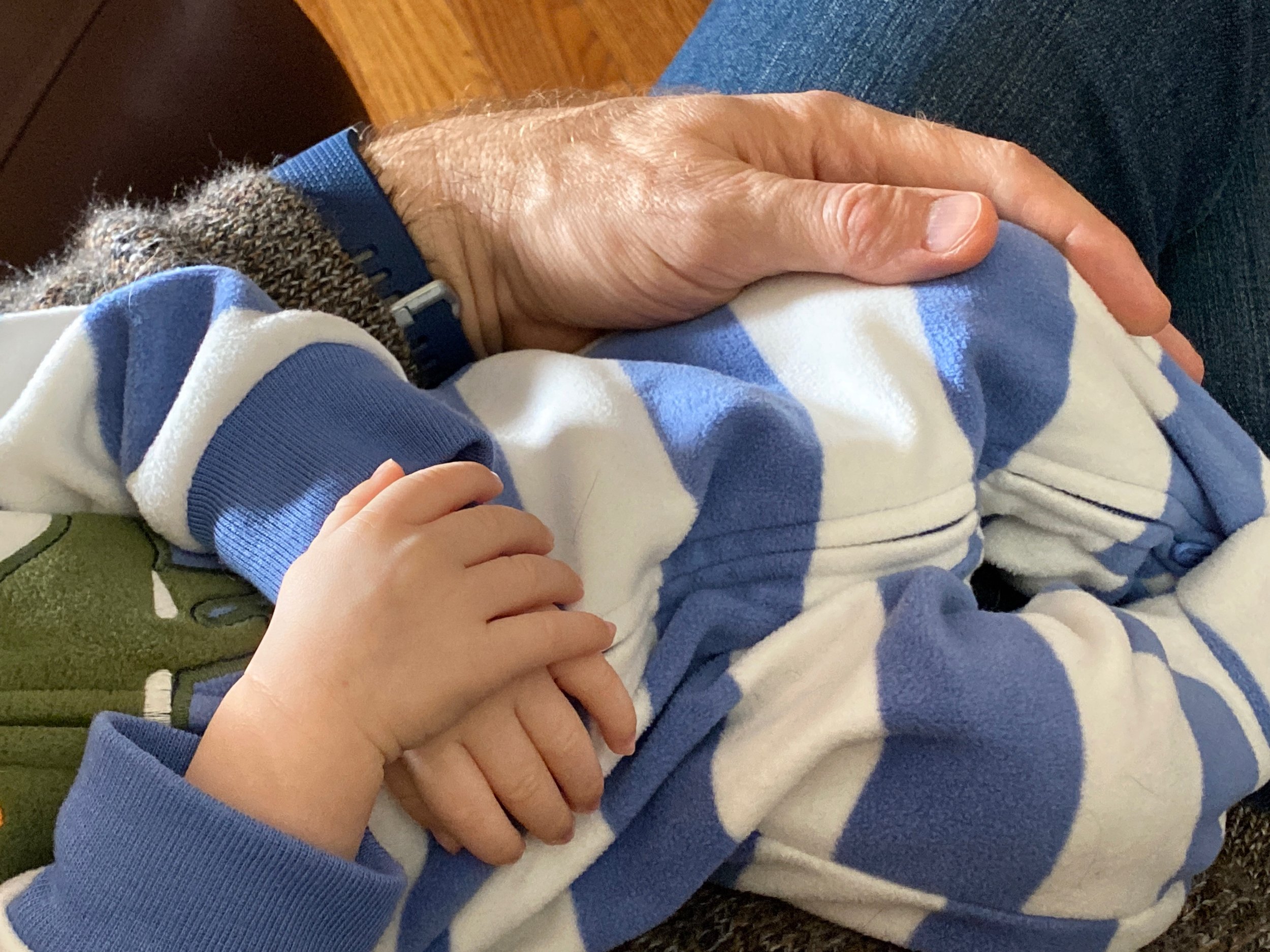More Than Calm
One of the biggest misconceptions about mindfulness is that it’s all about trying to be calm. Mindfulness reveals its liberating power when savoring calm becomes a gateway into not needing to be calm.
Don’t get me wrong. I’m a big fan of relaxation. It’s great when it shows up on its own. It’s a relief when I’m able to coax it into appearing or spreading. But when I’m experiencing physical or emotional discomfort, trying to force myself to calm down just increases my internal friction.
Internal friction is what I call the unease we experience when there’s a gap between whatever is happening and what we wish were happening instead. Physical pain, emotional pain, and confusion can dramatically increase the size of that gap. The wider the gap, the stronger the friction.
Equanimity shrinks this gap and reduces internal friction. Sometimes by a little. Sometimes by a lot.
What is equanimity?
Equanimity is the ability to allow a sensory perception to play out without trying to change it. It’s an attentional skill you already have that gets stronger when you exercise it habitually.
Equanimity isn’t conceptual. It’s visceral. It’s a natural but often counter-instinctual way of relating to sensory perceptions with less interference. It occurs at the level of real-time sensation.
It reminds me of something parents discover when caring for a baby.
Sometimes babies get tired and fall asleep while you’re holding them.
Sometimes babies get fussy and rocking or singing helps soothe them.
Sometimes babies get upset and inconsolable and all we can do is hold them gently and keep them safe until they settle back down. In these moments, we’re initiated—often against our will—into the tribe of vulnerable, resilient, caring parents who are doing the best they can.
Equanimity is at play in all three of these scenarios, but its liberating power is revealed when we encounter discomforts that we’re unable to resolve. When confronted with the limits of our control, we can discover what we’re able to hold.
With mindfulness, we’re calibrating our ability to hold a deeper, broader, more complicated variety of sensations through practice. Each repetition of mindful awareness lasts a handful of seconds.
When a sensory perception is pleasant, savoring it without trying to change it strengthens your ability to be equanimous with comfortable sensations. This helps you get more enjoyment out of being calm.
When a sensory perception is unpleasant, noticing it without trying to fix it—for a few seconds at a time—teaches you how to relax the urge to fight with uncomfortable sensations. This prepares you to not make challenging moments worse.
Being calm requires, reveals, and develops equanimity, but you can also practice being equanimous even in the absence of calm.
With a bit of courage and curiosity, you could soon be surprised to discover how much richer your life can feel when lived with a little less internal friction.
This essay originally appeared in my Scattered Attention Newsletter (September/October 2020)

